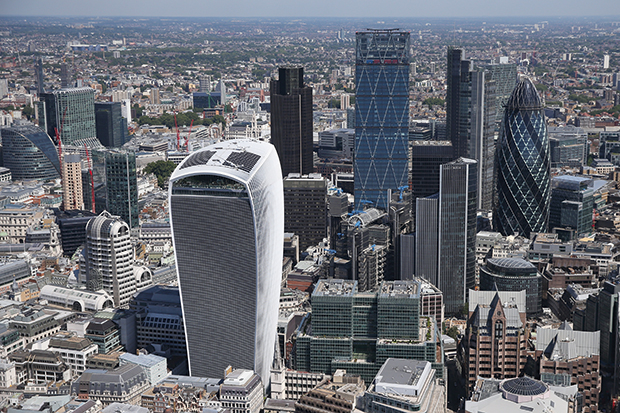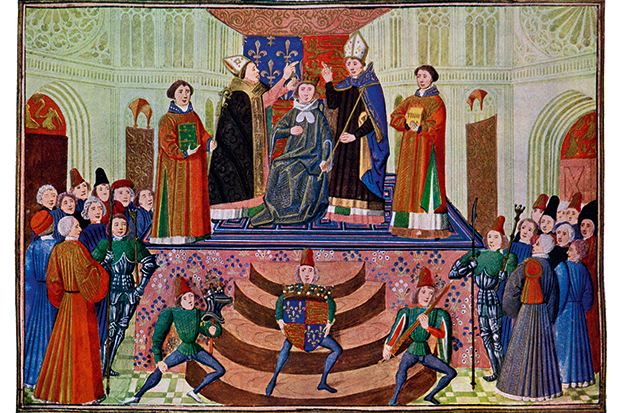You have to get nearly halfway through this book before it starts to show some life. Until that point, as Rowan Moore ambles in his wry manner through pages of familiar description of the capital’s built and social history, you find yourself wondering what it is all for. After all, if you choose to write a book about the architecture of London you are putting yourself in some pretty distinguished company.
Already a subscriber? Log in
Subscribe for just $2 a week
Try a month of The Spectator Australia absolutely free and without commitment. Not only that but – if you choose to continue – you’ll pay just $2 a week for your first year.
- Unlimited access to spectator.com.au and app
- The weekly edition on the Spectator Australia app
- Spectator podcasts and newsletters
- Full access to spectator.co.uk
Unlock this article
Available from the Spectator Bookshop, £17. Tel: 08430 600033. Hugh Pearman edits the RIBA Journal and has written several books on architecture.
You might disagree with half of it, but you’ll enjoy reading all of it. Try your first month for free, then just $2 a week for the remainder of your first year.














Comments
Don't miss out
Join the conversation with other Spectator Australia readers. Subscribe to leave a comment.
SUBSCRIBEAlready a subscriber? Log in